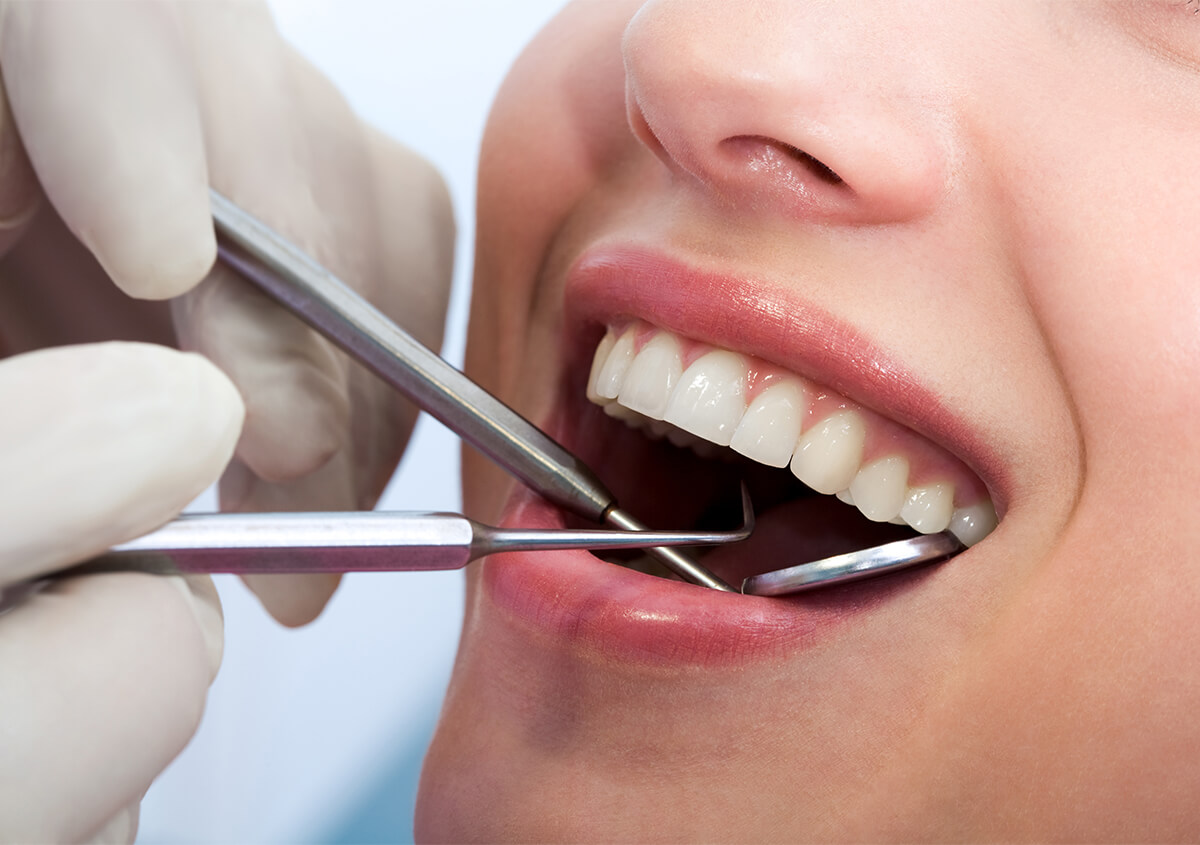Do you need a filling?
During routine exams, Dr. Hanono detects abnormalities such as signs of decay proactively. The earlier we can diagnose these and other conditions and treat them, the less invasive the approach to treatment will be. Generally, non-invasive approaches are gentle, conservative, efficient, low-risk, cost-effective, and preserve maximum natural tooth structure.
Early-stage enamel erosion may be addressed effectively with oral hygiene modifications and preventive services, such as fluoride therapy or dental sealants. As the bacteria in your mouth combine with starches and sugars in foods and drinks, plaque can build up and harden. Plaque and tartar irritate and damage gum tissues and erode the tooth’s hard structure. So, it is important to also keep up with routine professional cleanings at our office. Our hygienists are trained to use specialized tools to remove stubborn plaque or tartar build-up.
Decay may progress to “eat” through the tooth and produce holes. These holes may be “filled in” with a dental material that is shaped to precisely repair the damaged area of the tooth. Filling treatment prevents the cavity from growing larger and from affecting the deeper layers of the tooth. More extensive decay is associated with infections and the need for restorative treatments such as root canal therapy and crowns.









